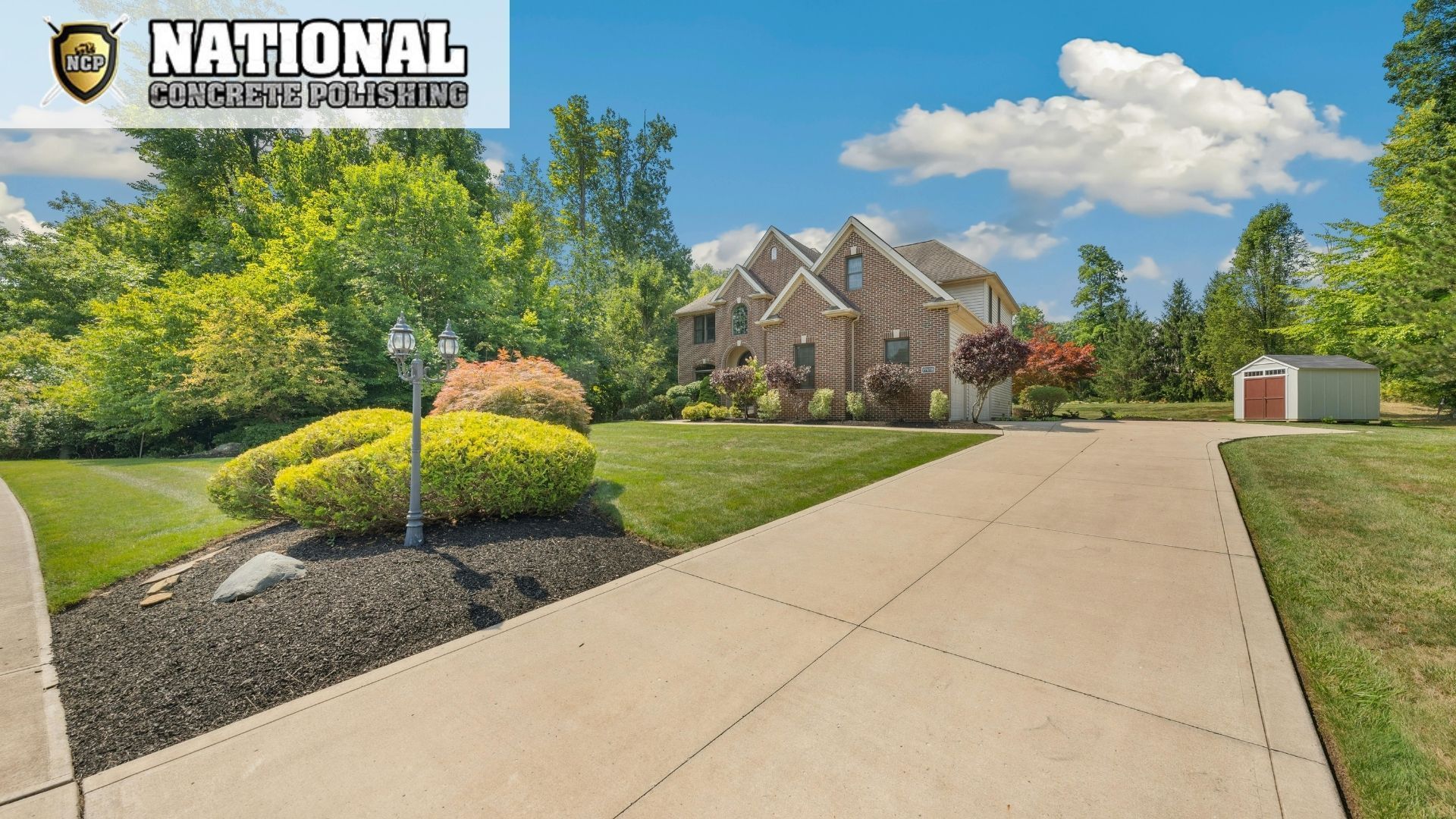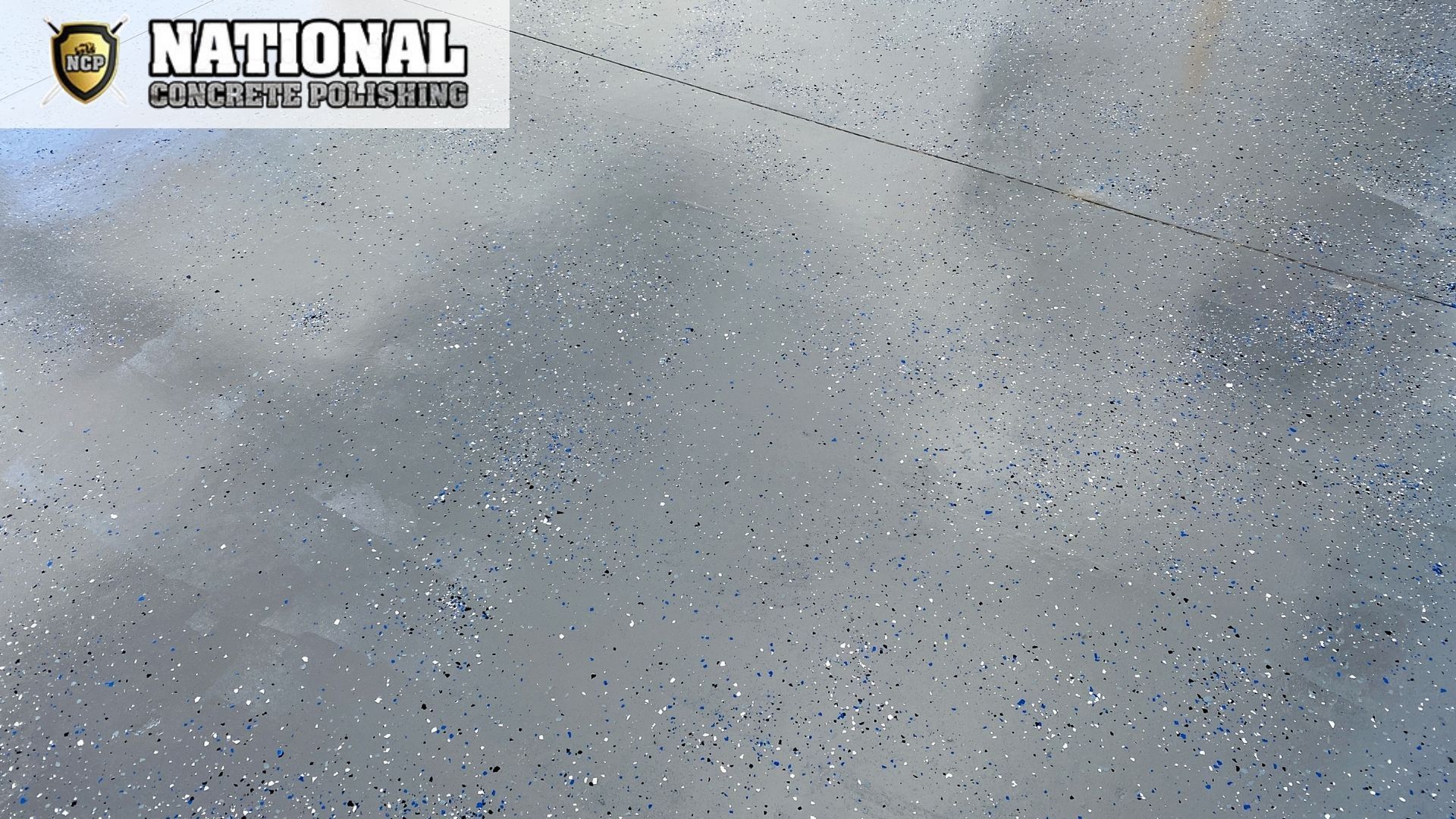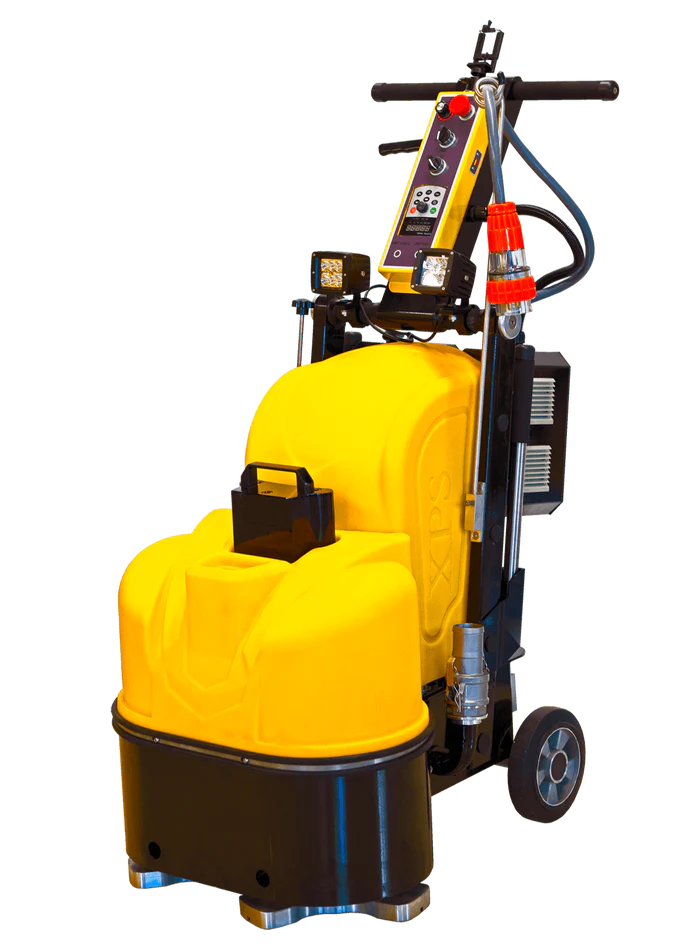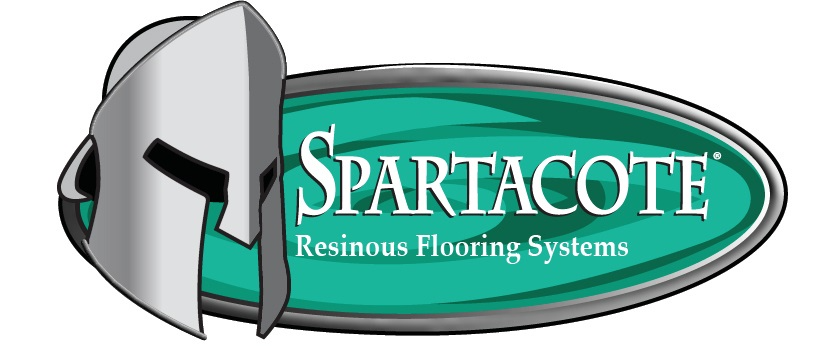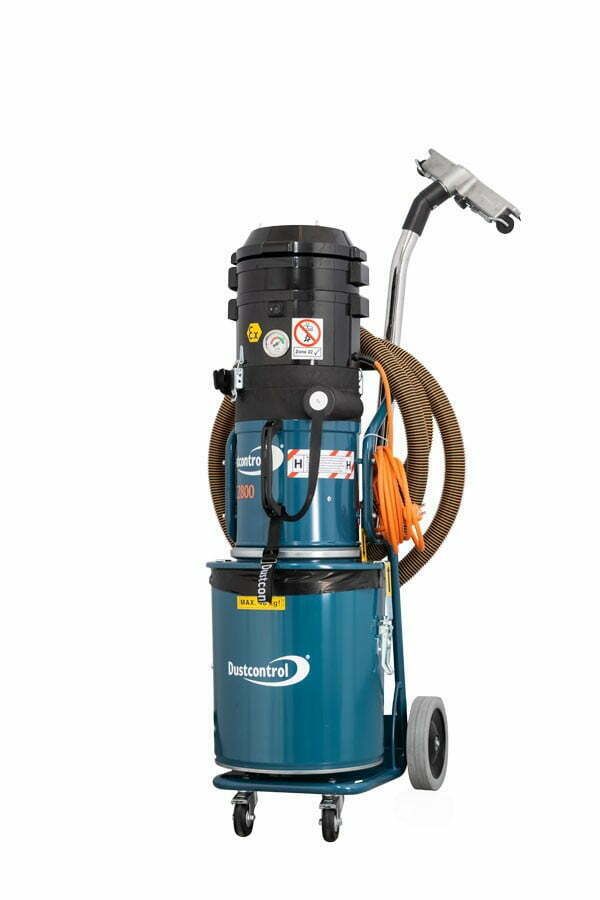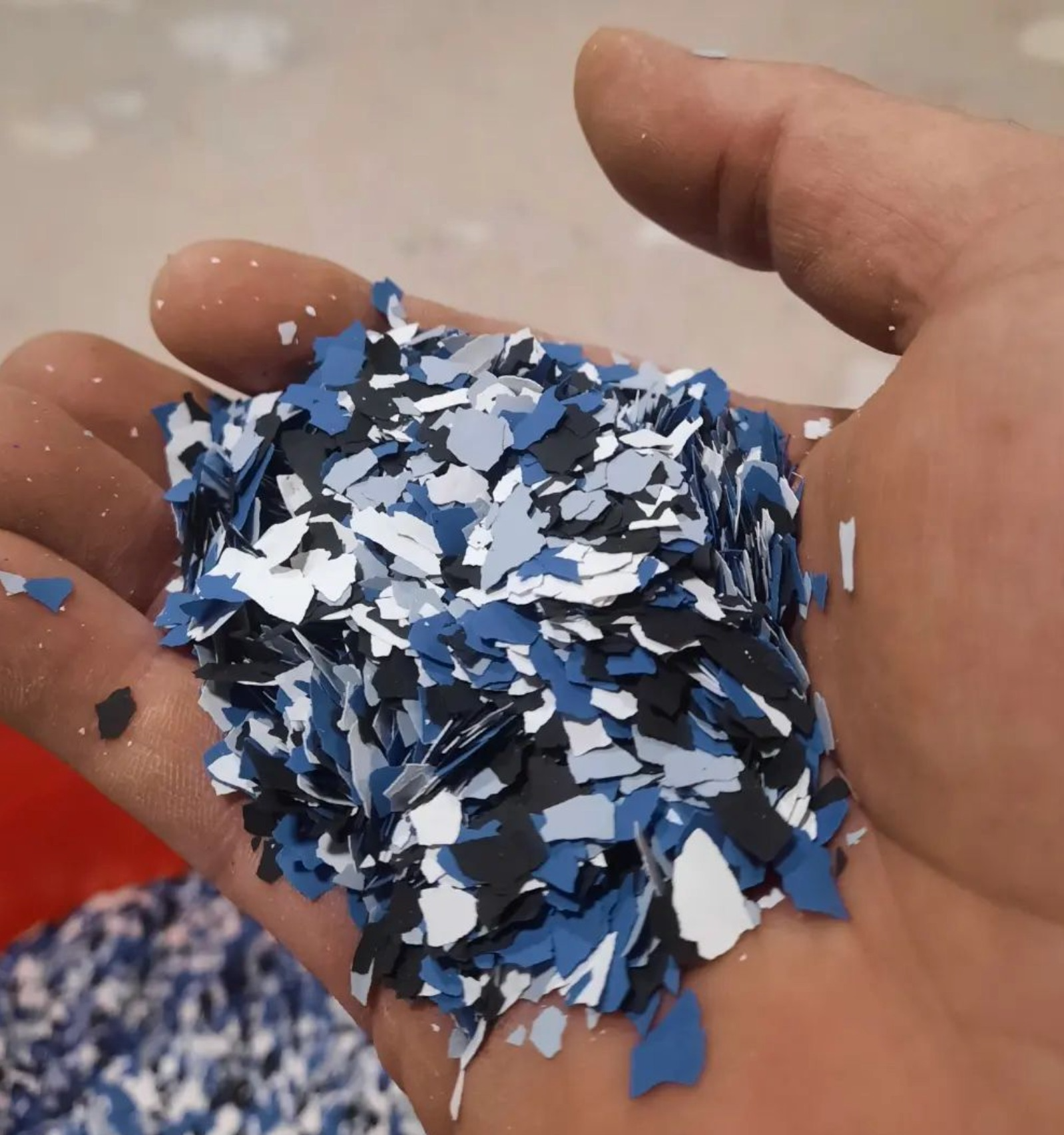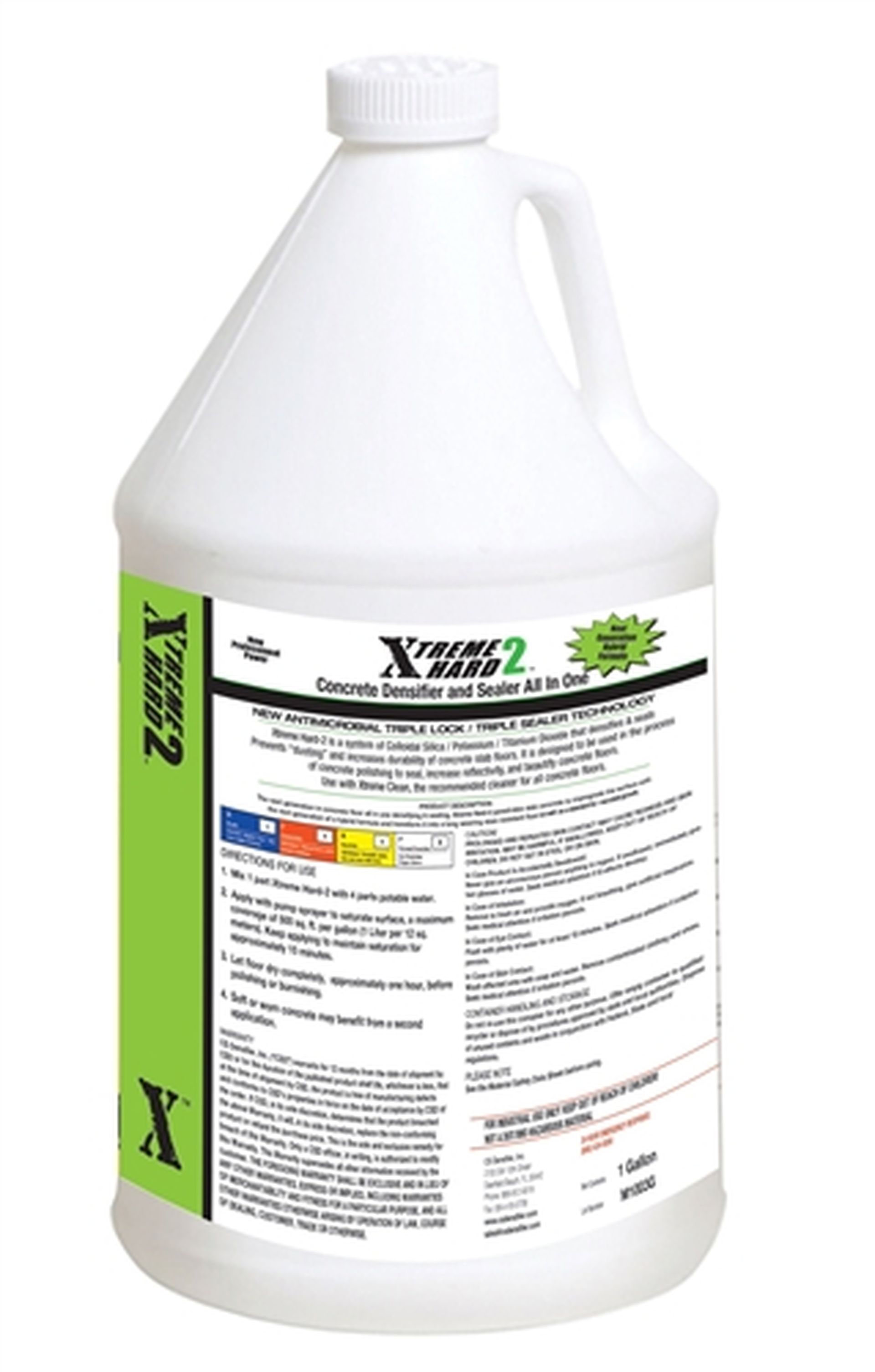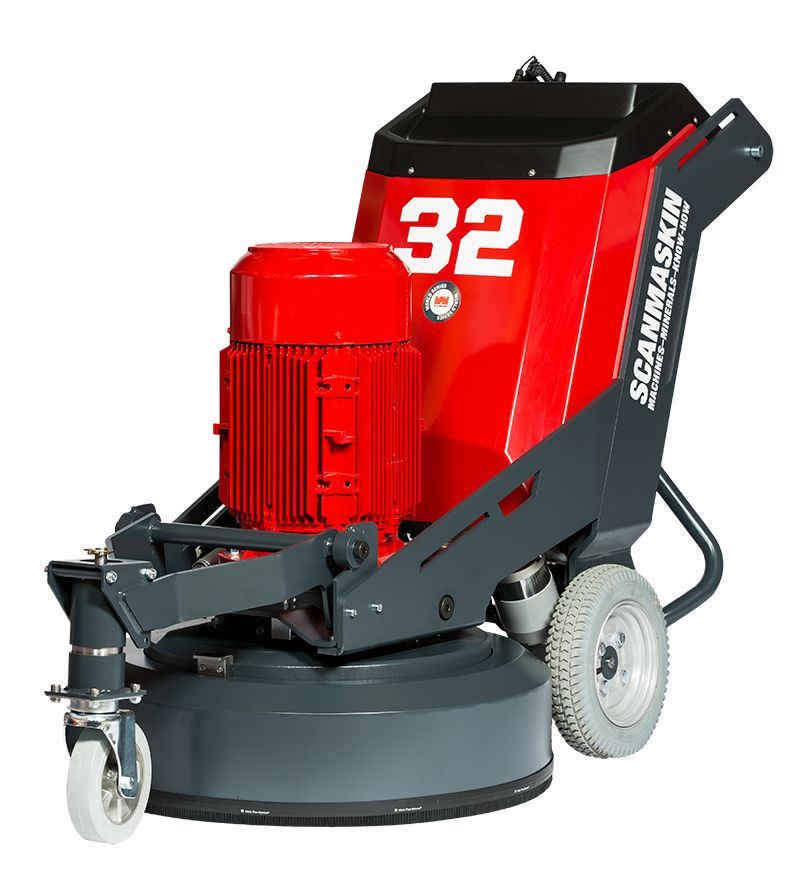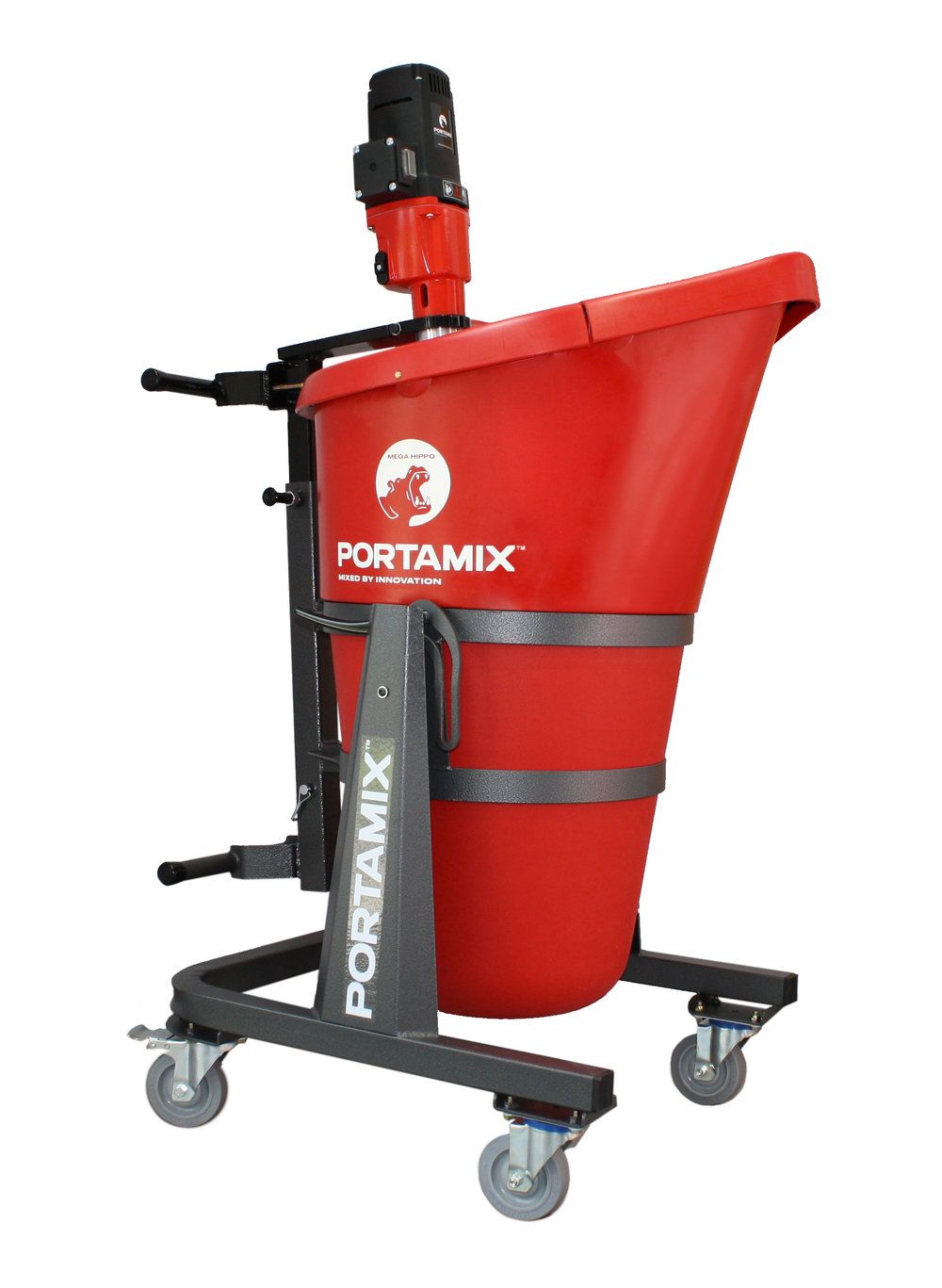Why Seamless Floors Matter in Florida’s Food Processing Industry
Did you know 60% of food safety violations trace back to surface problems? In environments where sanitation is non-negotiable, what’s underfoot often determines compliance success. Nowhere is this truer than in Florida, where humidity transforms minor flooring flaws into major risks.
High moisture levels and rapid temperature shifts create ideal conditions for bacteria to thrive. Traditional materials with cracks or joints trap organic matter, becoming hotspots for contamination. Facilities face daily cleaning cycles that wear down surfaces, accelerating deterioration and raising compliance costs.
This isn’t just about meeting regulations—it’s about protecting public health. When surfaces fail, they compromise entire operations. The state’s $12 billion food production sector requires solutions that withstand unique environmental pressures while maintaining sterile conditions.
Key Takeaways
- Florida’s climate intensifies flooring challenges through humidity and temperature swings
- Flooring failures account for 60% of food safety violations in processing spaces
- Porous surfaces and joints create bacterial breeding grounds
- High-pressure cleaning accelerates wear on traditional materials
- Seamless surfaces prevent contamination risks at critical contact points
- Modern facilities prioritize durable surfaces to reduce operational downtime
Understanding Florida’s Food Processing Flooring Challenges
South Florida’s climate acts like a stress test for industrial surfaces. With 74% average humidity and salt-rich coastal air, standard materials face accelerated wear that impacts safety and operations.
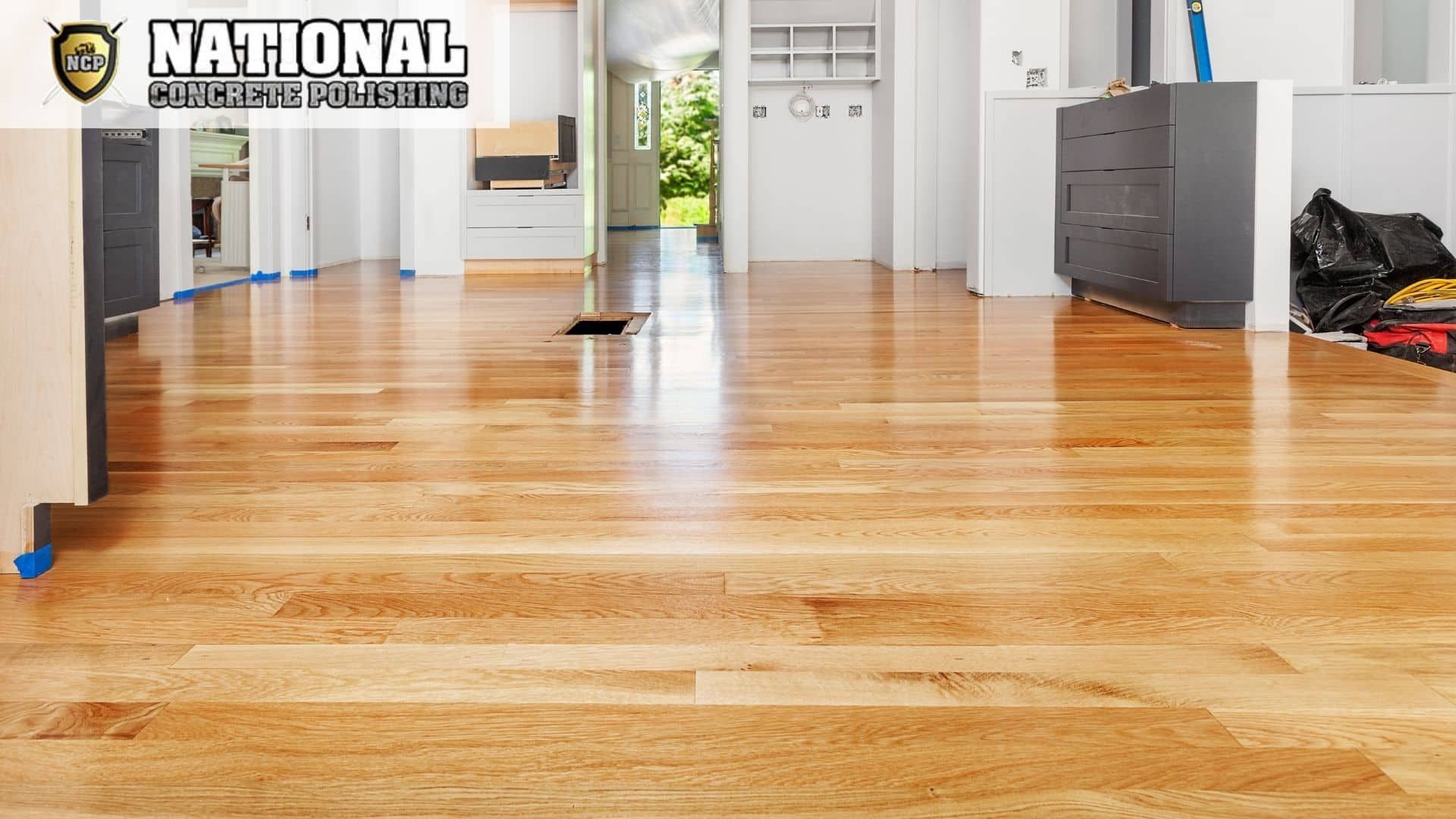
Environmental Factors in South Florida
Daily temperature swings between chilled production zones and outdoor docks cause materials to expand and contract. This movement creates cracks in tile and grout lines within months. Coastal facilities battle salt corrosion that eats through unprotected surfaces 30% faster than inland sites.
| Challenge | Traditional Flooring | Optimal Solution |
|---|---|---|
| High Humidity | Traps moisture, promotes mold | Nonporous surfaces |
| Salt Air | Corrodes metal joints | Chemical-resistant coatings |
| Frequent Washdowns | Degrades adhesives | Seamless installation |
Common Contamination and Hygiene Risks
Grout lines and cracks become reservoirs for bacteria like Listeria. Water from cleaning routines seeps into these gaps, creating biofilms that resist standard sanitizers. Facilities using porous materials report 40% more contamination incidents during FDA audits.
Heat from processing equipment worsens these issues by creating condensation. This moisture combines with organic spills, forming ideal conditions for microbial growth. Daily pressure washing accelerates surface breakdown, increasing repair costs by up to 200% over five years.
Regulatory Landscape and Code Compliance in Florida
Navigating compliance becomes critical when 83% of facility shutdowns stem from preventable design flaws. Your operation must align with overlapping state and federal mandates that dictate surface specifications down to microscopic gaps.
State Guidelines and FDA Adoption
Florida’s Administrative Code Chapters 61C-1 and 61C-4 enforce the FDA’s 2017 Food Code for surfaces in production zones. These rules mandate nonabsorbent materials with zero gaps exceeding 1/32 inch. Local health departments layer additional requirements—Miami-Dade County demands weekly surface integrity reports, while Orange County requires quarterly microbial testing.
| Regulatory Level | Flooring Focus | Enforcement Action |
|---|---|---|
| State | Material porosity standards | Annual certification |
| Local | Slope and drainage specs | Monthly inspections |
Inspection and Enforcement Requirements
Inspectors from the Division of Hotels and Restaurants conduct unannounced audits using digital moisture meters and swab tests. You’ll need maintenance logs proving daily cleaning and repair records showing prompt fixes. Violations trigger tiered penalties—$500 fines for minor cracks, full operational halts for biofilm contamination.
Documentation requirements include third-party installation certificates and material safety datasheets. Proactive facilities use blockchain-enabled tracking systems to automate compliance proof. Regular staff training on surface maintenance reduces citation risks by 67% according to 2023 industry data.
The Role of Seamless Flooring in Preventing Contamination
Every square inch of production space becomes a potential hazard when surfaces can’t withstand rigorous sanitation demands. Modern facilities now prioritize continuous surfaces that actively resist microbial colonization through smart design.

Grout-Free Surfaces Stop Pathogens at the Source
Traditional tile systems contain over 1,200 linear feet of grout lines per 1,000 sq ft. These microscopic gaps trap organic residue, creating biofilm nurseries. Continuous surfaces eliminate these risks by forming monolithic barriers that leave no space for bacterial growth.
Advanced polymer blends achieve 0.05% water absorption rates compared to concrete’s 5-7%. This impermeability prevents liquids from reaching subfloor layers where mold thrives. Facilities using these systems report 78% fewer positive pathogen swab tests during audits.
Enabling Advanced Sanitation Methods
High-temperature steam cleaning at 180°F dissolves stubborn residues without damaging surfaces. This method achieves 99.9% microbial reduction versus 85% with standard mopping. Curved floor-to-wall junctions allow complete debris removal, critical in food preparation zones.
Three cleaning advantages emerge with continuous surfaces:
- 30-minute faster washdown cycles due to smooth textures
- pH-resistant coatings that withstand daily acid cleaners
- No trapped moisture under surfaces after sanitation
These features directly support HACCP protocols by providing verifiable cleanability. When spills occur, immediate containment prevents cross-contamination between processing areas. Proper maintenance extends surface lifespan while maintaining hygiene standards for over 15 years.
Material Selection: From Epoxy to Urethane Cement
Choosing the right surface material determines operational efficiency and safety in high-risk areas. Three primary options dominate modern installations: epoxy resin systems, urethane cement, and polyurethane coatings. Each offers distinct advantages for moisture-heavy spaces requiring rigorous sanitation.
Benefits of Epoxy and Nonporous Surfaces
Epoxy resin creates impermeable barriers that outperform traditional tile systems. Its 0.02% water absorption rate prevents liquid penetration, while antimicrobial additives inhibit mold growth. Facilities using these coatings report 50% fewer sanitation-related shutdowns compared to grout-based surfaces.
| Material | Thickness | Cure Time | Best Use Case |
|---|---|---|---|
| Epoxy Resin | 3-6 mm | 24-48 hrs | Chemical exposure zones |
| Urethane Cement | 6-9 mm | 5-7 days | Freezer rooms |
| Polyurethane | 2-4 mm | 12-24 hrs | High-traffic areas |
Alternative Materials for High-Moisture Environments
Urethane cement handles thermal stress better than most options, expanding only 0.5% in 40°F temperature swings. Its dense composition resists impact damage from falling equipment. For spaces needing rapid installation, polyurethane coatings cure fully within a day while maintaining slip resistance.
Consider these factors when selecting surfaces:
- Acid-resistant formulas for citrus processing lines
- Textured finishes where water pooling occurs
- FDA-compliant color coding for hazard zones
Installation Best Practices for Optimal Food Safety
Proper installation determines whether your surfaces become assets or liabilities. Expert teams follow strict protocols to create durable barriers against contamination while meeting health codes. Every step impacts performance—from substrate preparation to final curing.

Importance of Proper Surface Preparation
Mechanical profiling removes 1/16″ of old material using diamond grinders. This creates texture for maximum adhesion. Industrial vacuums then clear micro-debris smaller than a grain of salt.
Moisture meters check substrate dryness before application. pH tests verify chemical compatibility with cleaning agents. Skipping these steps causes 73% of premature coating failures according to industry studies.
Professional Application Techniques
Multi-layer systems get applied within strict temperature ranges (65-85°F). Thickness gauges ensure even coverage—critical for load-bearing areas. Curved edges at wall junctions prevent liquid traps.
Fast-cure formulas let foot traffic resume in 24 hours. Full production restarts within 48-72 hours. Certified contractors provide installation records and warranty documents for compliance audits.
| Step | Tool | Purpose |
|---|---|---|
| Grinding | Diamond blades | Remove contaminants |
| Priming | Epoxy rollers | Enhance bonding |
| Curing | Infrared sensors | Monitor hardness |
Maintenance and Cleaning Strategies for Long-Lasting Floors
Consistent care determines whether your surfaces remain sterile assets or become costly liabilities. Proper protocols extend surface lifespan while meeting strict hygiene standards. Follow these actionable steps to balance operational efficiency with regulatory requirements.
Daily Cleaning Routines
Use pH-neutral cleaners with microfiber mops to remove debris without scratching surfaces. Avoid vinegar or citrus-based products that degrade protective coatings. Rinse thoroughly within 20 minutes of application to prevent residue buildup.
Train staff to document each cleaning session, noting product usage and areas requiring attention. Immediate spill containment prevents liquid penetration at joints or edges. This reduces slip hazards and maintains surface integrity during audits.
Scheduled Professional Inspections
Schedule quarterly assessments to identify early wear patterns or moisture intrusion. Certified technicians use infrared scanners to detect sub-surface issues invisible during routine checks. Address minor cracks within 48 hours to avoid compliance violations.
Reapply FDA-approved sealants every 18-24 months to preserve water resistance. Maintain records of all maintenance activities for warranty validation and health inspections. Digital tracking systems streamline documentation across multiple facilities.
| Task | Frequency | Tools | Purpose |
|---|---|---|---|
| Surface Sanitization | Daily | Microfiber mops | Prevent biofilm formation |
| Sealant Renewal | Biennial | FDA-grade coatings | Maintain impermeability |
| Drainage Checks | Monthly | Laser levels | Ensure proper slope |
Design Considerations: Slope, Drainage, and Seamless Transitions
Precision in surface design separates compliant operations from regulatory nightmares. Effective layouts channel liquids efficiently while eliminating contamination traps. Every curve and angle must serve both function and code requirements.
Engineering Effective Drainage Systems
Proper slope design demands 1/8″ to 1/4″ drop per foot toward drains. Miami-Dade County mandates 2% slopes in food preparation zones—roughly 1/4 inch per foot. These gradients prevent water pooling while directing spills to containment areas.
Incorrect angles create multiple hazards. Flat spots become breeding grounds for microbes. Overly steep slopes cause slip risks and equipment instability. Laser-guided leveling tools verify grade accuracy during installation.
Seamless Junction Solutions
Coved bases rising four inches up walls eliminate 90-degree corners where debris accumulates. The 3/8-inch radius curvature allows thorough cleaning without residue traps. These curved junctions prevent liquids from seeping behind wall panels.
Specially formulated sealants bond vertical and horizontal surfaces into continuous planes. This design withstands daily pressure washing while maintaining structural integrity. Proper installation ensures these critical transitions meet both hygiene standards and long-term durability needs.
FAQ
How do grout lines in traditional flooring pose risks in food preparation areas?
Grout lines trap moisture, food particles, and bacteria, creating breeding grounds for mold and pathogens. Seamless alternatives like epoxy resin eliminate these gaps, simplifying sanitation and reducing contamination risks in high-humidity environments like Florida.
What materials meet FDA standards for food-safe flooring in humid climates?
Epoxy coatings and urethane cement systems are FDA-compliant options. Their nonporous surfaces resist water absorption, inhibit microbial growth, and withstand frequent cleaning. These materials also handle heat and chemical exposure common in kitchens and processing plants.
Why is professional installation critical for kitchen flooring durability?
Proper surface preparation—like concrete grinding and moisture testing—ensures coatings bond correctly. Expert application prevents pinholes or uneven surfaces where bacteria could thrive. This precision maximizes slip resistance and long-term performance under heavy foot traffic.
How often should maintenance occur to uphold hygiene standards?
Daily cleaning with pH-neutral solutions removes spills and debris. Schedule deep steam cleaning quarterly and professional inspections biannually to check for wear, cracks, or coating degradation that could compromise safety.
What design features improve drainage in food processing environments?
A 2% slope toward floor drains prevents liquid pooling. Coved bases at wall junctions eliminate hard-to-clean corners, while seamless transitions between zones reduce tripping hazards and contamination risks in high-traffic areas.
How do Florida’s health codes influence flooring choices?
Florida adopts FDA and NSF/ANSI 14159 standards, requiring floors to be nonabsorbent, crack-free, and easily cleanable. Regular inspections enforce these rules, making durable, chemically resistant coatings like epoxy essential for compliance.
Can existing concrete floors be upgraded to meet food safety requirements?
Yes. Professional grinding, crack repair, and moisture mitigation prepare old concrete for epoxy or urethane overlays. These systems create seamless, NSF-approved surfaces without full demolition, minimizing downtime during renovations.
What lifespan can you expect from industrial-grade epoxy floors?
With proper installation and maintenance, epoxy systems last 10–15 years—even under constant foot traffic and chemical exposure. Urethane cement options extend durability further, ideal for facilities needing extreme heat or impact resistance.


